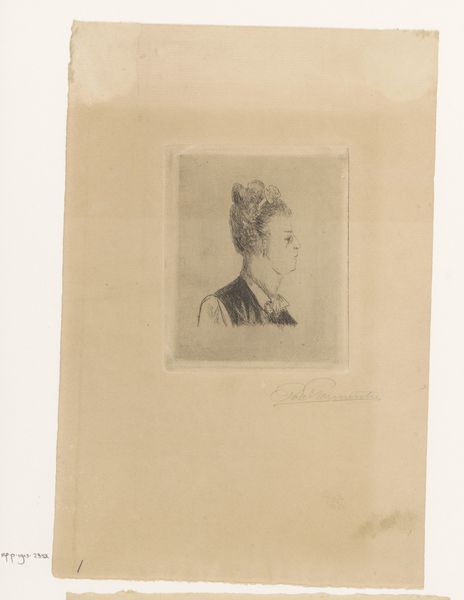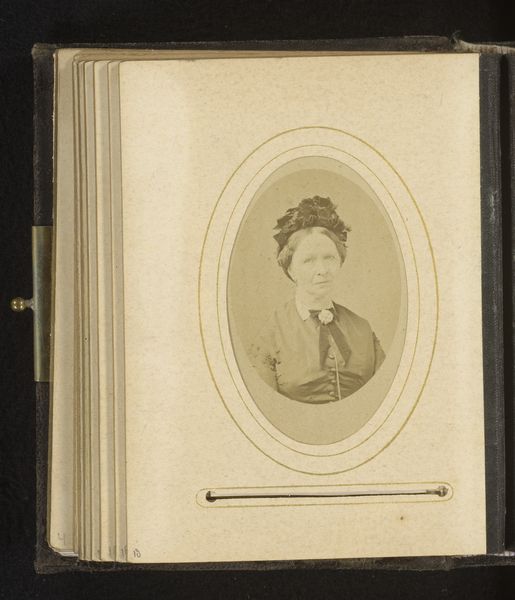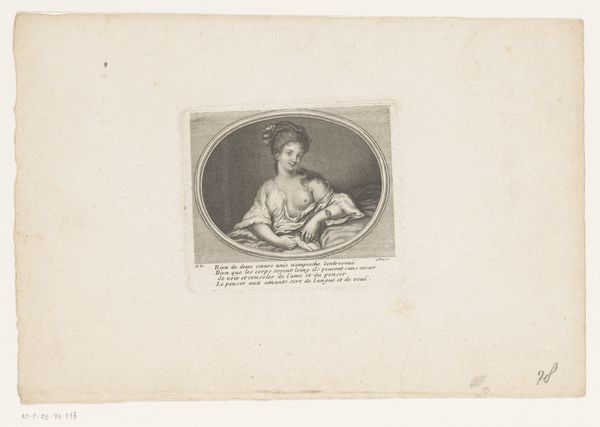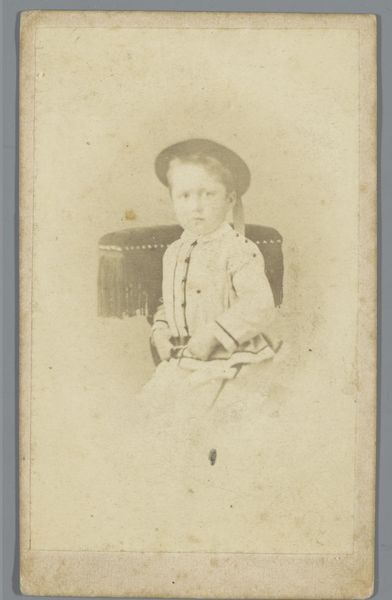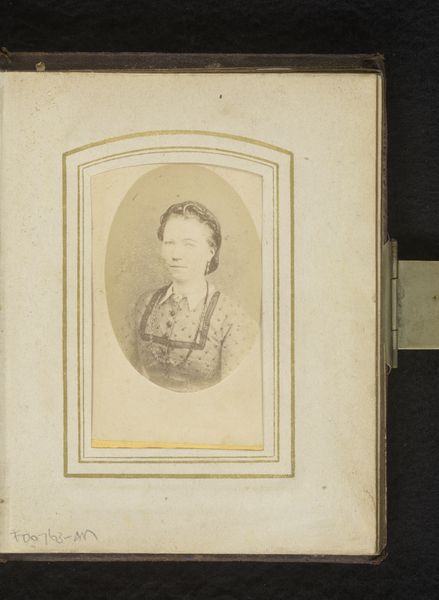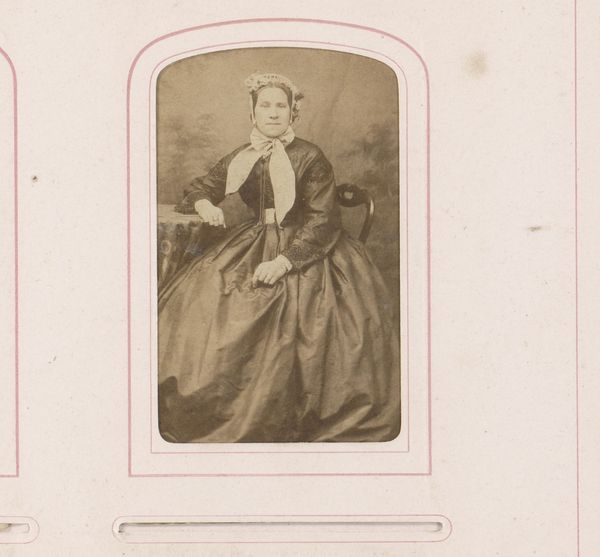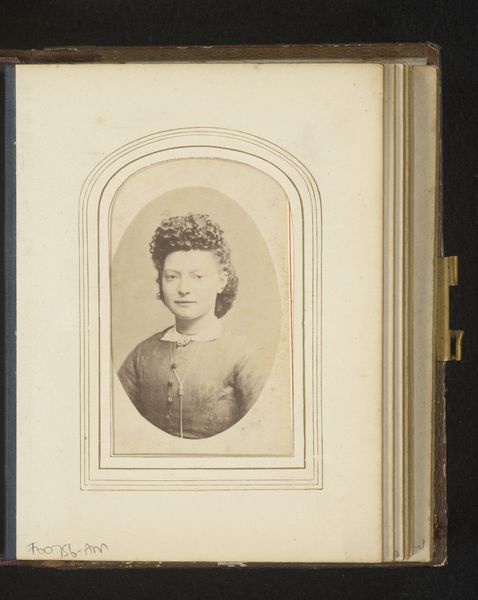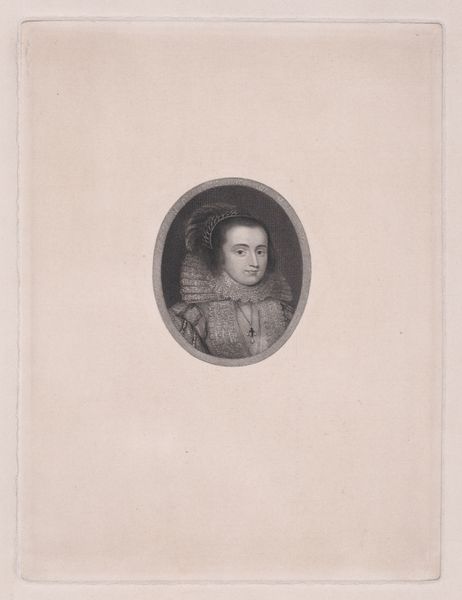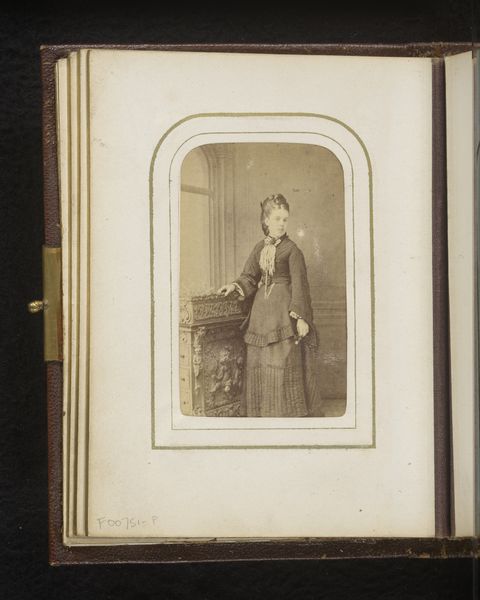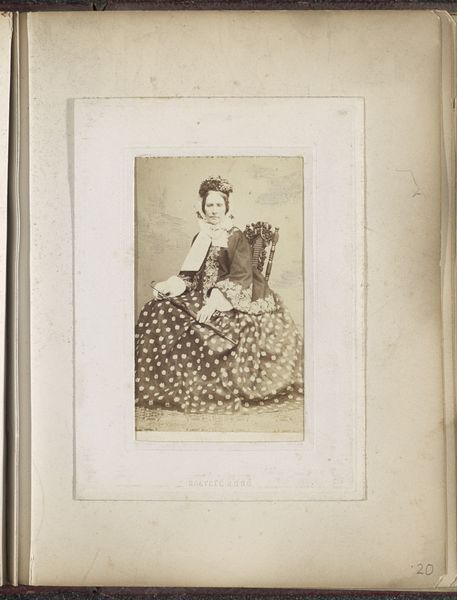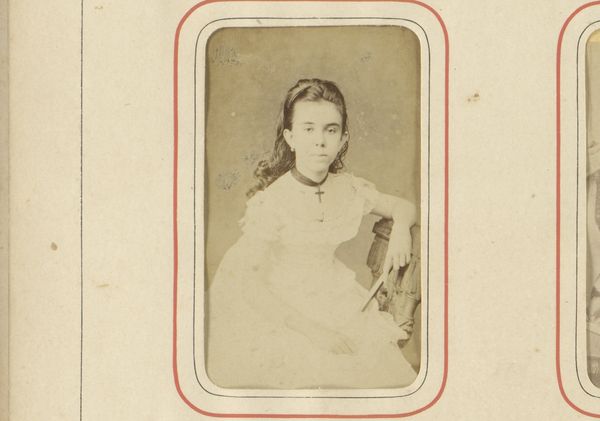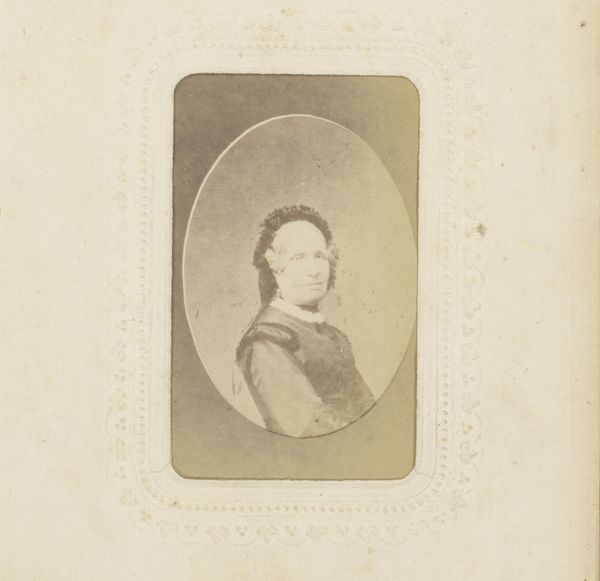
drawing, print, engraving
#
portrait
#
drawing
#
baroque
# print
#
engraving
Dimensions: Sheet: 6 9/16 × 6 3/4 in. (16.7 × 17.1 cm)
Copyright: Public Domain
Curator: The somber tone and the precise linework in this engraving are really striking. It's quite austere. Editor: Austere, yes, but consider how much that aligns with the tragically shortened life and subsequent martyring of Mary, Queen of Scots. Let’s delve a little deeper; what we’re viewing here is a print made sometime between 1700 and 1750 by George Vertue. Curator: I am curious about the choice of the print medium; what drew Vertue to engraving? The precision of the medium seems incredibly apt considering Mary's reputation. It suggests an emphasis on the craft of reproducing an image but what source does the image draw from? Editor: I see your point about the material suitability. The detailed ruff and headdress speak to the opulence but, materially, this portrait can also speak to the modes of reproducibility of portraits of prominent and often controversial figures. Vertue could have accessed earlier paintings or drawings as his source material. This speaks to the creation of an historical likeness mediated through many hands and, importantly, printed using engraving techniques. Curator: I am curious about the absence of any royal accoutrements. Her class status is only readable through fashion, not iconography of the royal apparatus. That really reframes her position of power within gender, wouldn’t you agree? Editor: It’s not overtly royal in its symbolism, yet that absence, I would argue, speaks volumes, doesn’t it? Its existence as a multiple - a print – allows for wider circulation, extending a subtle power far beyond the confines of courtly display. What does that circulation entail for both subject and artist? Curator: A dissemination of her story, undeniably, but mediated through Vertue's skilled hand and chosen technique. He used specific tools to leave those precise marks and the cost of creating something this highly finished indicates that this print would be distributed among wealthy collectors and historical documentarians. The portrait becomes less about Mary, Queen of Scots, and more about its creator's practice and intentions. Editor: So, as a final word: Vertue's careful treatment gives permanence and lends gravitas to Mary, while also making her accessible. It highlights a story that history books try to overwrite. Curator: It really highlights the intricacies of identity and social history within a carefully produced object of material culture, wouldn't you agree?
Comments
No comments
Be the first to comment and join the conversation on the ultimate creative platform.
